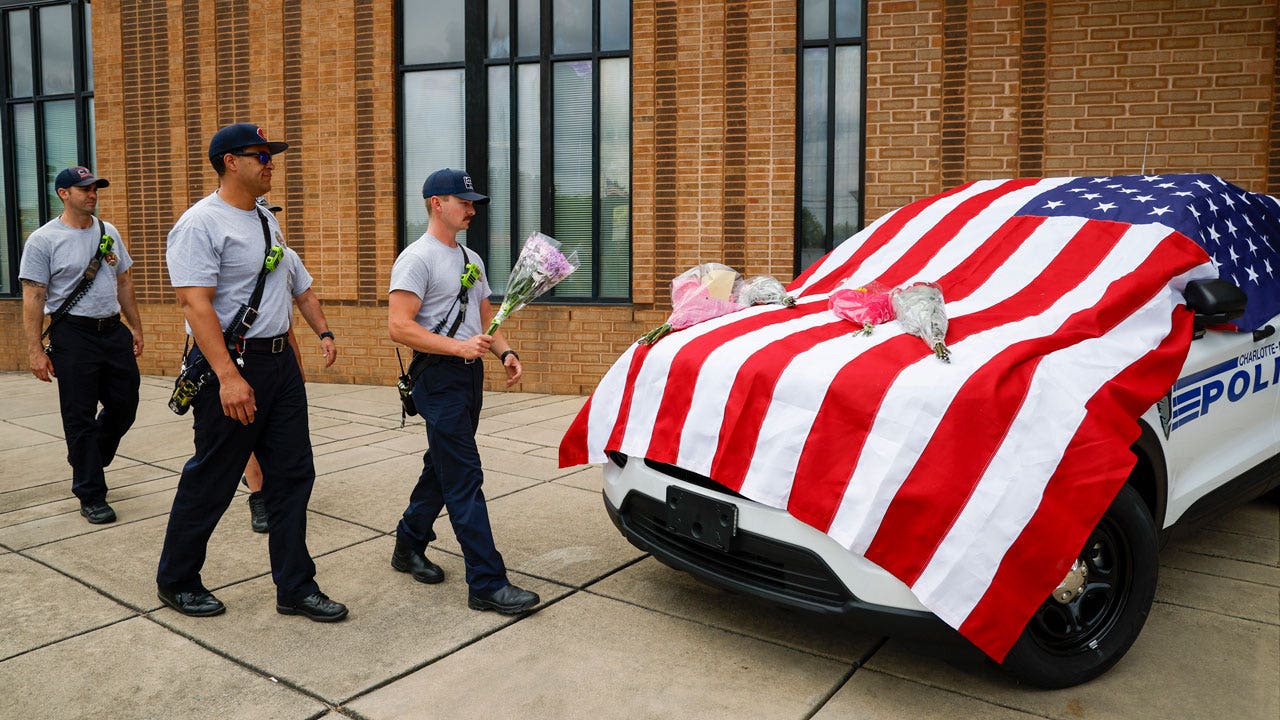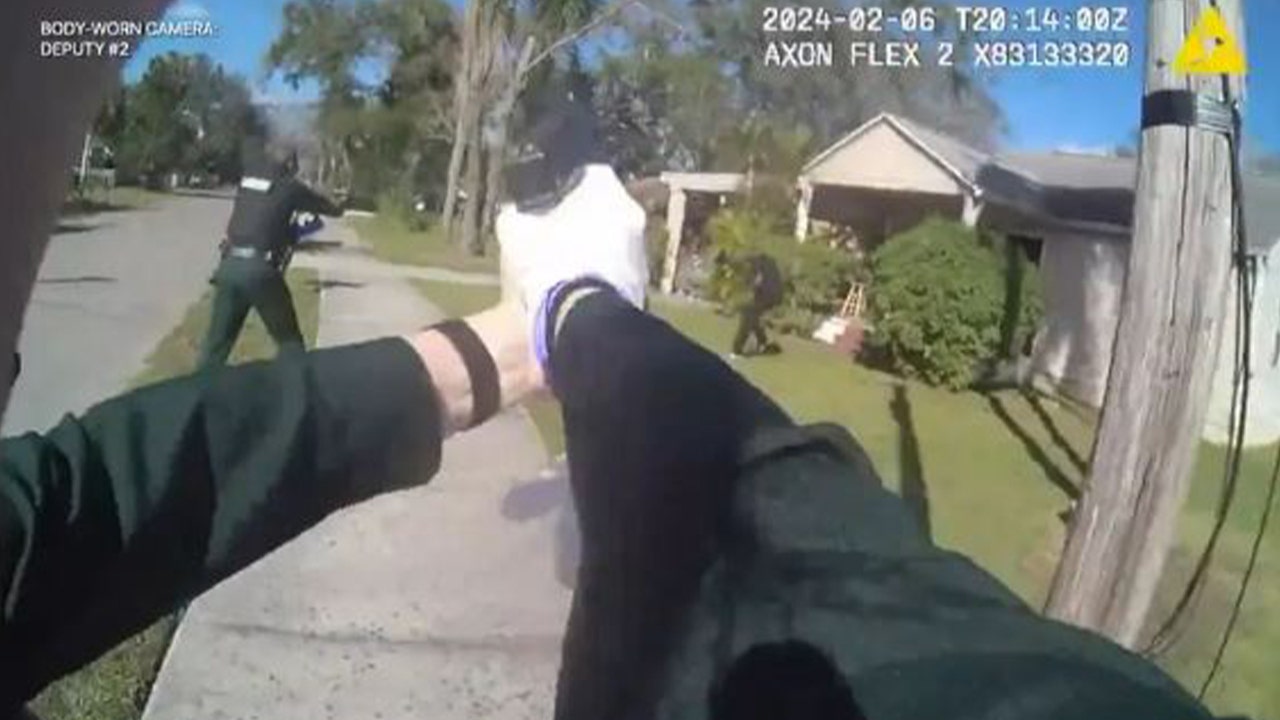A few years ago, a troubling phenomenon began to spread in U.S. education: Students were not showing up to school.
This was not particularly surprising. Schools had shut down in the spring of 2020, at the start of the pandemic, and some did not fully reopen until fall 2021. Quarantines for Covid symptoms and exposures were still common. It would take time, many thought, to re-establish daily routines.
What is surprising is how little the numbers have budged since, an issue my colleague Francesca Paris and I explore in depth in a new article published today.
Before the pandemic, about 15 percent of U.S. students were chronically absent, which typically means missing 18 days of the school year, for any reason. By the 2021-22 school year, that number had skyrocketed to 28 percent of students. Last school year, the most recent for which national estimates are available, it held stubbornly at 26 percent.
In interviews, many educators say the problem is continuing this school year.
Perhaps most strikingly, absenteeism has increased across demographic groups, according to research by Nat Malkus, a senior fellow at the American Enterprise Institute. Students are missing more school in districts rich and poor, big and small.
Even the length of school closures during the pandemic was not a particularly useful predictor of absenteeism. On average, districts that were closed longest have experienced similar increases as those that opened sooner.
What is going on here?
I spoke with school leaders, counselors, researchers and parents. They offered many reasons for the absences: illness, mental health, transportation problems. But underlying it all is a fundamental shift in the value that families place on school, and in the culture of education during the pandemic.
“Our relationship with school became optional,” said Katie Rosanbalm, a psychologist and associate research professor at Duke University.
A cultural shift
To some degree, this is a problem facing society at large since the pandemic. Anyone who works in an office with a flexible remote-work policy will be familiar with the feeling: You diligently show up, but your co-workers aren’t there. What’s the point?
Something similar may be going on in schools.
Though school buildings are open, classes are in person and sports and other extracurricular activities are back in full, the stability of school seems to have shifted.
For one thing, teachers are also missing more school, often because of professional burnout or child care challenges — or because, since the pandemic, more people are actually staying home when they’re sick.
Some schools have kept their pandemic policies around online class work, giving the illusion that in-person attendance is not necessary.
And widespread absenteeism means less stability about which friends and classmates will be there. This can beget more absenteeism. For example, research has found that when 10 percent of a student’s classmates are absent on a given day, that student is nearly 20 percent more likely to be absent the following day. “We are seeing disengagement spreading,” said Michael A. Gottfried, a professor at the University of Pennsylvania who has studied this issue.
Sign of other problems
This cultural shift is not simply a hit to perfect attendance records.
The share of students missing many days of school helps explain why U.S. students, overall, are nowhere close to making up their learning losses from the pandemic. Students who are behind academically may resist going to school, but missing school also sets them further back. These effects are especially pernicious for low-income students, who lost more ground during the pandemic and who are more negatively affected by chronic absence.
Absenteeism is also closely linked to other challenges schools have faced since the pandemic, including a rise in student anxiety and behavioral problems.
“The pandemic increased stress in every way in our lives, but it really embedded ourselves in our stress response system — fight, flight or freeze,” Dr. Rosanbalm, the Duke psychologist, said.
An increase in behavioral problems in schools is an example of the “fight” response, she said. On the other hand, she added, “flight is absenteeism.”
For more: A tool in our article lets you see the absenteeism numbers for public school districts in most states.
THE LATEST NEWS
Bankman-Fried Sentencing
Accent chair: See the most influential pieces of furniture from the last 100 years.
Hilarity and wonder: Meta’s glasses are becoming artificially intelligent. We tried them.
Dogs: A German breeding bill could lead to bans for the beloved Dachshund.
Modern Love: “How I learned to trust (some) men.”
Lives Lived: Linda Bean was a granddaughter of L.L. Bean. She used her wealth to support right-wing causes and politicians, to amass paintings and properties associated with the Wyeth art family and to become an entrepreneur in her mid-60s. She died at 82.
SPORTS
March Madness: Alabama upset the No. 1 seed North Carolina to reach its first men’s Elite Eight in 20 years.
M.L.B.: Commissioner Rob Manfred said he hoped the league’s investigation into the gambling allegations surrounding Shohei Ohtani’s former interpreter would be “short.”
N.H.L.: A Russian hockey player is expected to finally come to North America after being drafted nearly nine years ago. During the wait, he was arrested and forced into military service.
U.S. Soccer: Korbin Albert, a rising star, apologized yesterday after Megan Rapinoe criticized anti-L.G.B.T.Q. content that Albert had reposted on social media.
Caitlin Clark: The Iowa star was among the 14 players selected for Team USA’s training camp in Cleveland.
A new album: Beyoncé has gone country. Her just-released album, “Cowboy Carter,” has plucked banjos, lines about hoedowns and cameos from Dolly Parton and Willie Nelson.
But “that’s only the half of it,” Ben Sisario writes. The 27-track album is a tour of popular music with a Beatles cover and features from Miley Cyrus and Post Malone. “The album’s range suggests a broad essay on contemporary pop music, and on the nature of genre itself,” Sisario adds. Read more about the album.






